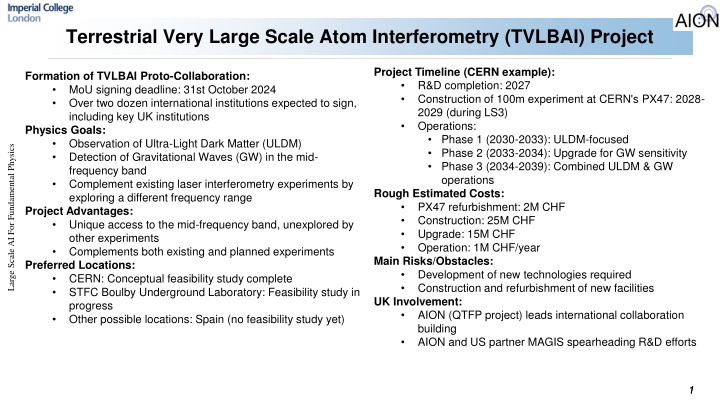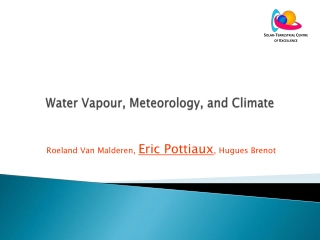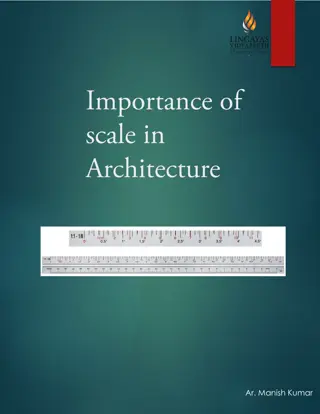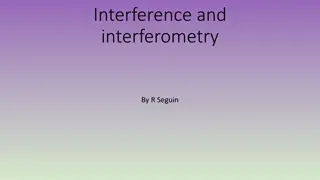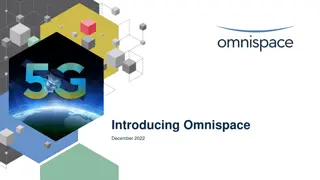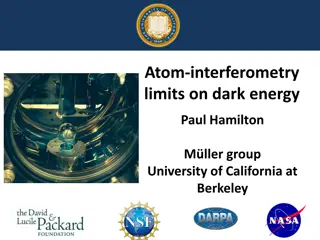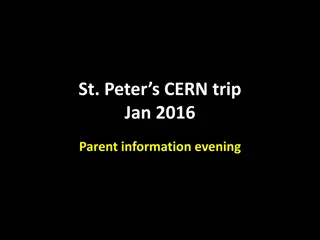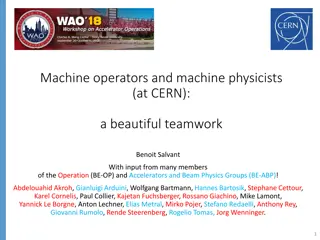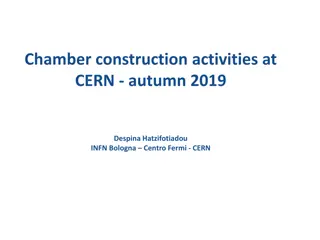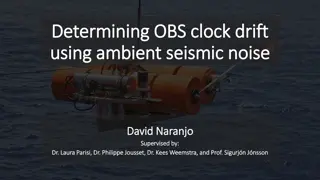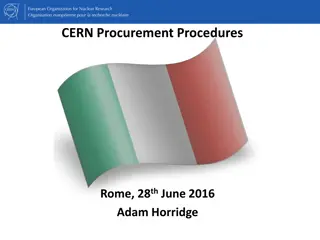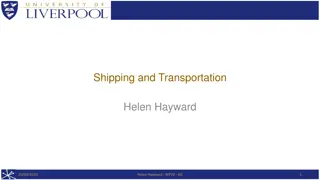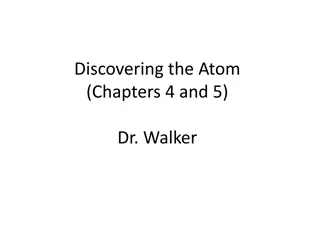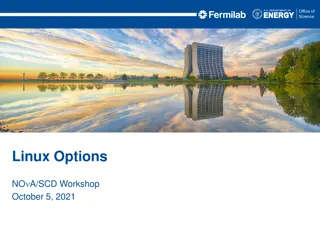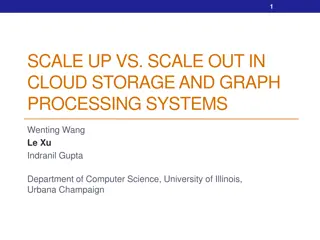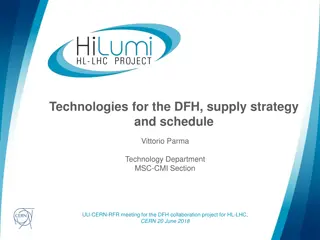Terrestrial Very Large Scale Atom Interferometry Project Timeline at CERN
The Terrestrial Very Large Scale Atom Interferometry (TVLBAI) project aims to observe Ultra-Light Dark Matter and Gravitational Waves in the mid-frequency band, enhancing existing experiments. With key UK involvement through AION and international collaborations, the project timeline includes R&D completion by 2027, construction at CERN's PX47, and operations focusing on ULDM and GW detection. The project offers unique advantages and physics goals, with a Proto-Collaboration in progress for strategic partnerships.
Download Presentation

Please find below an Image/Link to download the presentation.
The content on the website is provided AS IS for your information and personal use only. It may not be sold, licensed, or shared on other websites without obtaining consent from the author.If you encounter any issues during the download, it is possible that the publisher has removed the file from their server.
You are allowed to download the files provided on this website for personal or commercial use, subject to the condition that they are used lawfully. All files are the property of their respective owners.
The content on the website is provided AS IS for your information and personal use only. It may not be sold, licensed, or shared on other websites without obtaining consent from the author.
E N D
Presentation Transcript
Terrestrial Very Large Scale Atom Interferometry (TVLBAI) Project Project Timeline (CERN example): R&D completion: 2027 Construction of 100m experiment at CERN's PX47: 2028- 2029 (during LS3) Operations: Phase 1 (2030-2033): ULDM-focused Phase 2 (2033-2034): Upgrade for GW sensitivity Phase 3 (2034-2039): Combined ULDM & GW operations Rough Estimated Costs: PX47 refurbishment: 2M CHF Construction: 25M CHF Upgrade: 15M CHF Operation: 1M CHF/year Main Risks/Obstacles: Development of new technologies required Construction and refurbishment of new facilities UK Involvement: AION (QTFP project) leads international collaboration building AION and US partner MAGIS spearheading R&D efforts Formation of TVLBAI Proto-Collaboration: MoU signing deadline: 31st October 2024 Over two dozen international institutions expected to sign, including key UK institutions Physics Goals: Observation of Ultra-Light Dark Matter (ULDM) Detection of Gravitational Waves (GW) in the mid- frequency band Complement existing laser interferometry experiments by exploring a different frequency range Project Advantages: Unique access to the mid-frequency band, unexplored by other experiments Complements both existing and planned experiments Preferred Locations: CERN: Conceptual feasibility study complete STFC Boulby Underground Laboratory: Feasibility study in progress Other possible locations: Spain (no feasibility study yet) Large Scale AI For Fundamental Physics 1 1
Physics Potential Unlocking the potential for observation of Ultra-Light Dark Matter and Gravitational Waves from cosmological and astrophysical sources in the unexplored mid-frequency band Large Scale AI For Fundamental Physics 2 2
AION: A UK Atom Interferometer Observatory and Network Collaboration: University of Birmingham, University of Cambridge, Imperial College London, King s College London, University of Liverpool, University of Oxford, STFC Rutherford Appleton Laboratory Partnership: UK National Quantum Technology Hub in Sensors and Timing, Birmingham, UK, The MAGIS Collaboration, US and the Fermi National Accelerator Collaboration Composition: The collaboration consists of approximately 50 individuals, with equal contributions from the STFC (Science and Technology Facilities Council) and EPSRC (Engineering and Physical Sciences Research Council) communities. The composition is divided among academics, postdocs, PhD students, and technical/engineering staff in the ratios of 34%, 34%, 24%, and 12%, respectively. Funding: Since its inception in May 2021, AION has secured approximately 12M from the Quantum Technologies for Fundamental Physics (QTFP) program and institutional sources. Additionally, several closely related Quantum Technology projects have received funding exceeding 2M. Difficulties and Limitations: Despite having acquired scientific leadership in the international landscape of large-scale atom interferometry and meeting its initial ambitious goals within less than three years, the project struggles with a clear funding strategy. This lack of a defined financial path hinders its potential evolution from the current initial phase into a mature and enduring activity. Large Scale AI For Fundamental Physics Scope: AION is a UK-led scientific initiative designed to construct a series of advanced atom interferometers. These instruments are aimed at exploring dark matter properties, detecting gravitational waves, and testing fundamental physics through high-precision measurements. 3 3
AION Major Milestones Accomplished in first 30 months Design of 10m Oxford Tower Formlise UK-US Partnership Build 5 AION Labs 5 Ultra Cold Sr Labs build in less than 24 months using large scale Particle Physics production methods to significantly accelerate the turnaround this will be critical for future success! Large Scale AI For Fundamental Physics More than doubled the Ultra-Cold Sr R&D capacity in the UK and increased it by about 25% worldwide. Formalising the long-standing UK-US partnership between MAGIS and AION, in conjunction with the participating UK institutions. This stands as a successful instance of UK-US cooperation in the fields of science and quantum technology development, with the potential to unlock additional synergies and opportunities. https://doi.org/10.1116/5.0172731 [published AVS Quantum Sci. 6, 014409 (2024)] Discussing with established UK companies Torr Scientific and Kurt J. Lesker potential for spin-off. 4 4
